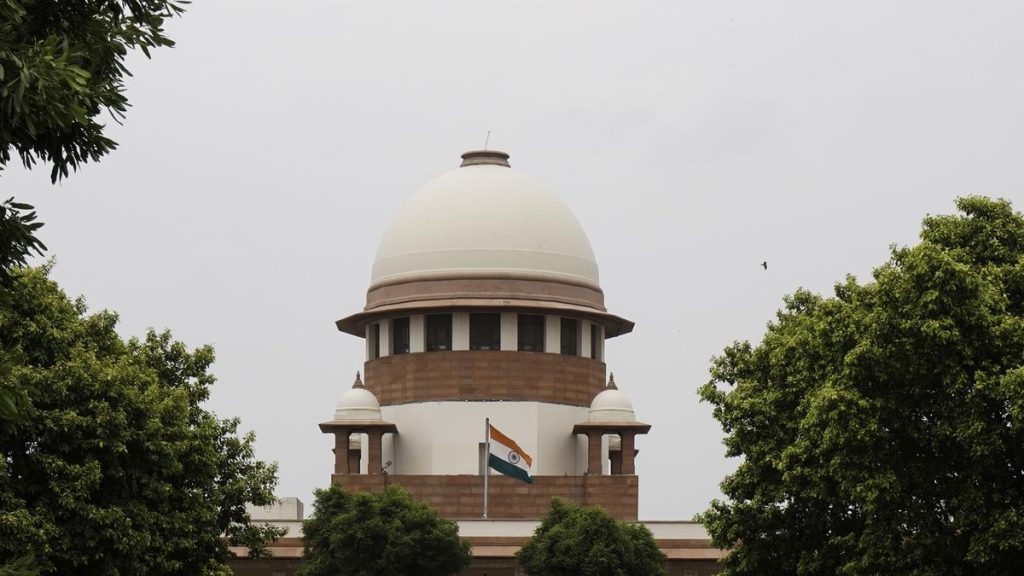Now Reading: Why Landing on a Gas Giant is Impossible: Here’s the Science Behind It
-
01
Why Landing on a Gas Giant is Impossible: Here’s the Science Behind It
Why Landing on a Gas Giant is Impossible: Here’s the Science Behind It

Fast Summary
- Our solar system contains three types of planets: terrestrial,gas giants (Jupiter and Saturn),and ice giants (Neptune and Uranus).
- Gas giants are primarily composed of hydrogen and helium. They do not have a defined solid surface.
- Two theories explain the formation of gas giants: core accretion (gradual accumulation of gas onto a rocky core) and disk instability (rapid cooling, causing clumping of gas and rock).
- Core accretion is believed to be responsible for forming Jupiter and Saturn, while disk instability might apply to massive exoplanets or planets around smaller stars.
- Jupiter’s core temperature is estimated at 43,000 degrees Fahrenheit; conditions within its atmosphere make any landing attempt remarkably tough.
- Modern probes like NASA’s juno (orbiting Jupiter) and Cassini (exploring Saturn until 2017) have provided crucial data that challenges old assumptions about these planet’s internal structure.
- Both planets likely possess “fuzzy” or diluted cores-there may be no clear boundary between outer gases and inner layers. Their interiors feature complex gradients in heat,composition,liquid hydrogen,helium droplets as “rain,” storms like Jupiter’s great Red Spot produce winds up to 425 mph.
Indian Opinion Analysis
The scientific advancements through missions such as juno and Cassini hold significant implications for India’s growing space aspirations. as ISRO scales toward larger interplanetary goals-possibly missions involving distant worlds-it will benefit from collaborative frameworks with agencies like NASA or ESA that offer expertise on understanding challenging planetary environments. Focusing on gas giant research could also yield better insights into the atmospheric science applicable to Earth-like systems among exoplanets observed by India’s AstroSat or future telescopes.
From a broader perspective on science in India, such knowledge could foster educational initiatives around astrophysics modeling. Understanding fuzzy planetary cores through modified models not only strengthens India’s capacity for global research integration but also aligns with its ambition to pioneer in niche areas within planetary exploration.

























